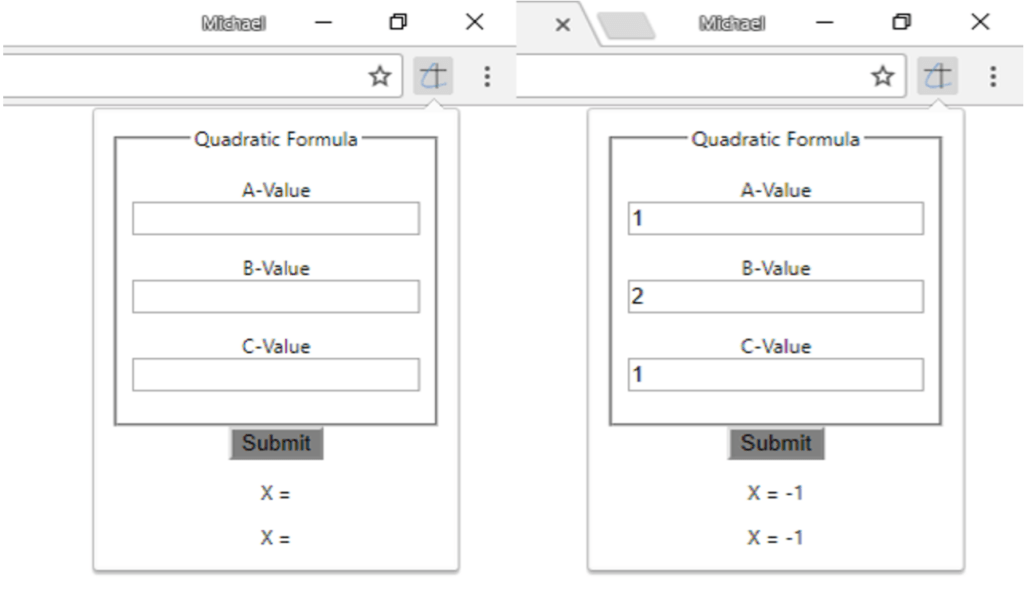

Here’s my suggested teaching approach using this applet. Click maximum_area_problem worksheet to explore. I did not embed the applet here because it takes a while to load. Here’s a GeoGebra applet I made which can be used to teach this topic more visually and conceptually. It need not be at the end of the chapter on quadratic but as an introductory lesson for quadratics.
#GEOGEBRA CLASSIC EXTENSION FREE#
But with free technology such as GeoGebra, there should be no excuse not to make the teaching of this topic less abstract especially for Year 9 or 10 students. If students have done a bit of calculus already then they can use the first derivate to solve the problem.

The maximum area can be found by graphing or by inspection. For example if x is one of the two equal sides to be fenced then the area is the function f( x) = x (18-2 x). This problem is usually given as an application problem and is solved algebraically. Calculate the maximum area she can enclose. She has 18 meters of fencing wire which she will use to fence three sides of the garden with the existing fence forming the fourth side. Remember that classic maximum area problem? Here’s a version of it: Pam wishes to fence off a rectangular vegetable garden in her backyard. Read my post Problem Solving with Quadrilaterals. House of quadrilaterals based on diagonals Knowledge of these comes in handy in problem solving. The house of quadrilaterals based on analysis of the different characteristics of its diagonals is shown below. For such a sloping reflection the connection of one point and its picture is bisected by the axis and all connections lines point-picture are parallel to each other. Symmetry (one, two or four axis’ of symmetry where an axis connects two vertices or two side-midpoints, one or three rotation symmetry, one or two axis’ of sloping symmetry). With a sloping-symmetry there exists a reflection – notabsolutely necessary orthogonal to the axis – which maps the quadrilateral onto itself.One diagonal bisects the other one or each diagonal bisects the other one,.Orthogonal diagonals (diagonals at right angles).Special sum of angle measures (two neighbouring or opposite angles lead to 180°).Special angle measures (90° – perhaps 60° and 120° with one, two, three or four angles).Angles with equal measure (one pair or two pairs of neighbouring or opposite angles, three angles or four angles).Parallel sides (one pair of opposite or two pairs of opposite sides).Sum of the length of two sides are equal (two neighbouring or two opposite sides).Sides with equal length (two neighbouring or two opposite or three or four sides).He gave the following list of different aspects of quadrilaterals as possible basis for investigation. The activity is about ordering quadrilaterals based on its characteristics. In Investigating an Ordering of Quadrilaterals published in ZDM, Gunter Graumann shared a good activity for developing students mathematical thinking.


 0 kommentar(er)
0 kommentar(er)
